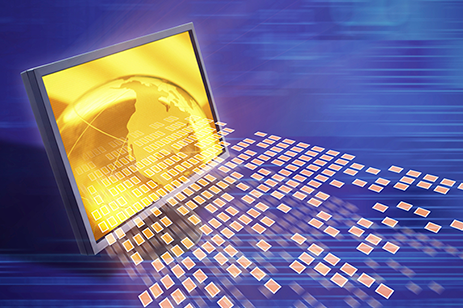
Today, every integrator of defense and aerospace solutions is asked to provide assurances that their solutions deliver various levels of Trusted Computing. They will refer to trust and cybersecurity and any number of other security-related features. But what exactly do these terms mean? And how can an integrator be sure that a solution provides the level of protection a particular system needs? The key is to understand the role that each security capability plays in protecting the solution and the overall system.
Here we break down some common trusted computing terms and how they protect critical program information in defense and aerospace systems.
Confidentiality Protects Privacy
Confidentiality techniques keep information private so it is not visible to those who should not be able to see it. Confidential information is typically encrypted using complex cryptography algorithms, so even if it is visible or intercepted, it cannot be understood. In defense and aerospace systems, confidential information may include mission information, targeting information, or algorithms and technologies, such as those used in radar systems, to identify approaching objects.
Integrity Verifies Data Has Not Been Altered
Data integrity techniques check whether data has been changed since it was last known to be valid. These techniques do not identify what data has changed, they simply indicate that the data has been altered in some way. For example, if malware was inserted into an operating system or a database, the value of the data integrity check would indicate that the software is not exactly the same as it was before the insertion.